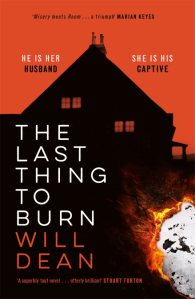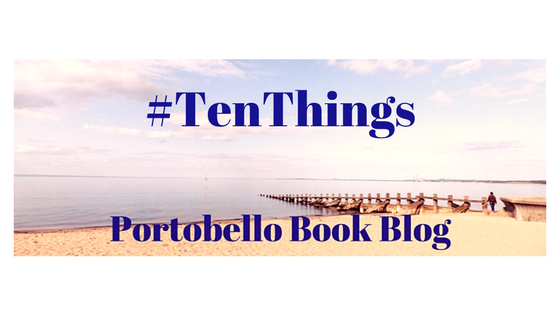He is her husband. She is his captive.
Her husband calls her Jane. That is not her name.
Source – review copy
I could tell you about who comes to visit, or the circumstance that provides “Jane” with the determination to escape. But to do so would spoil the effect of the writing and perhaps deaden the impact of the tale.
Recommended.
For a long time, escape seemed impossible. But now, something has changed. She has a reason to live and a reason to fight. Now, she is watching him, and waiting . . .
Her husband records her every movement during the day. If he doesn’t like what he sees, she is punished.

She lives in a small farm cottage, surrounded by vast, open fields. Everywhere she looks, there is space. But she is trapped. No one knows how she got to the UK: no one knows she is there. Visitors rarely come to the farm; if they do, she is never seen.
The thing that makes this book all the more impacting is that fact that somewhere, unknown, there are women living a similar life. Trapped, held captive, with the hope of any future gone.
Published by Hodder & Stoughton
Everyday Jane cooks for her husband Lenn. She cleans the house, just as his mother did, cooks his pie, just as his mother did and sits on the floor by his feet at night. Except Jane isn’t Jane, and Lenn isn’t her husband. Her home isn’t her home. It’s her prison.
Publication date – 7 January 2021
Extraordinarily powerful, impacting, challenging and a portrait of just how cruel humans can be to fellow humans.
There is a claustrophobia, mirrored to show some of how “Jane” felt in the setting and narrative. They live on a farm, surrounded by fields. The road to salvation is tantalisingly in view but just too close. There are few characters, some mentioned off screen as it where, never appearing on the page themselves but playing just an important role in “Jane’s” situation. There is one other character, turning up unannounced at the farm and whose appearance has influence on “Jane’s” future. The limited scenes and characters show the reader just how closed down “Jane’s” life is and how futile her existence has become.
From the moment the story starts the reader is immediately drawn to “Jane”. She illicits sympathy, pity and her situation causes an anger and rage that persists until the final page. Tricked into travelling to England for a better life with her sister she was sold to Lenn. Lenn treats her like little more than a slave, though he calls her his wife. Cameras monitor her every move. When she tries to escape Lenn burns one of her possessions as punishment. It’s only the thought that her staying is helping her younger sister pay off her debts to the people smugglers that gets her through each day.
I had heard lots of people say they couldn’t put The Last Thing to Burn down and read it in one sitting. I had to put it down and take my time. The pace is relentless. The trauma “Jane” has to go through on a daily basis, the descriptions of her busted ankle, of Lenn’s pretence that their life is normal. It seemed all too real and I had to take a break from the pain and misery.







